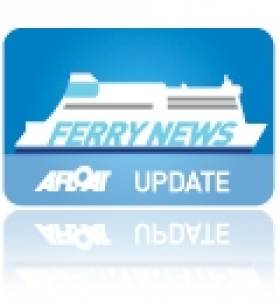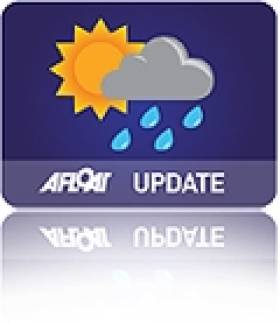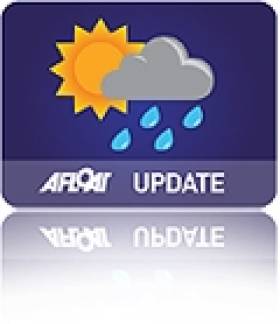Displaying items by tag: gale warning
#CancelledSailings – Met Eireann continues to issue a status ‘yellow’ gale warning in effect for its marine weather forecast. Due to the adverse weather this has led to cancellation of fast-ferry sailings on the Irish Sea and on certain sailings served by conventional ferry.
In addition Isle of Man-England services today are cancelled and potentially face further disruption or cancellation tomorrow (Saturday 10 Decenber).
For details of Met Eireann’s coastal reports and sea crossing’s forecast visit this LINK.
Ferry travellers are advised to check for latest sailing information updates from the following ferry operator websites listed below.
Isle of Man Steam Packet Company
For additional information, visit the AA's ferry travel check service HERE
Gale, Flood Warning In Effect for Ireland Today
#WEATHER - Met Éireann is warning that more gale force winds will affect many parts of Ireland and the Irish Sea today (28 December).
According to the forecaster, stormy conditions over Connacht, Ulster and parts of north Leinster will see gale force westerly winds with gusts of between 100 and 130 km/h.
The worst winds are expected in exposed coastal and hilly areas of Ulster and Connacht. There is also an increased risk of flooding as a result of high astronomical tides combined with very high seas.
Weather Warning for Irish Sea as Winter Winds Sweep In
#WEATHER - Met Éireann has issued a weather warning for the Irish Sea for the next 24 hours due to expected gale force westery winds.
A small craft warning has also been issued, with west to southwest winds continuing to reach force 6 tonight on the Irish coast from Carlingford Lough to Roches Point to Slyne Head.
The high winds marks the first wave of real winter weather after a milder-than-average November, the Evening Herald reports.
A forecaster told the paper that strong winds have "reached storm force on the Irish coasts from Belfast Lough to Wicklow Head to Mizen Head and on the Irish Sea.
"We expect that by tonight they will slightly drop but may still reach a strong gale force."
































































